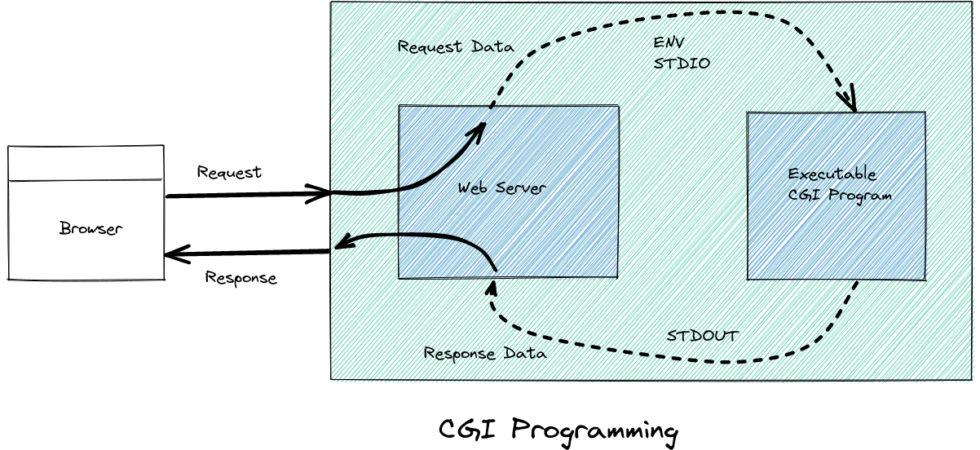Year 2023 in Weekly Pictures
Below is the gallery of featured images from my 2023 weekly notes. It represents the year pictorially. It’s an exciting way to look at the year. At some point, I want to make a yearly flip book using these pictures, with locations and characters involved. It will be a good yearbook. Also, I...
















